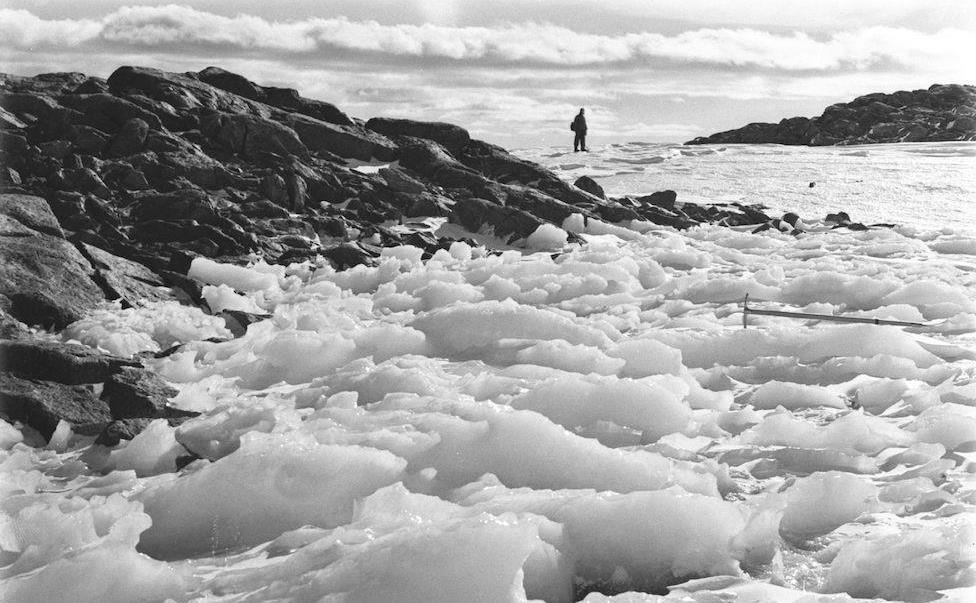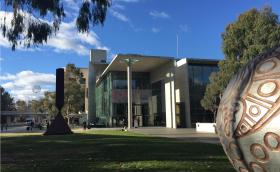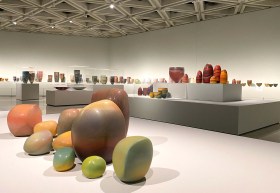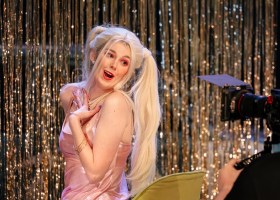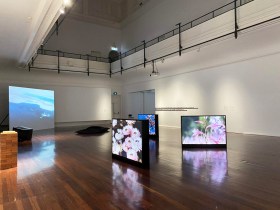MAJOR NEW INTERNATIONAL PHOTOGRAPHY AWARD LAUNCHED
A new international photography award named after the pioneer of Australian Antarctic photography, Frank Hurley, has been launched.
The Frank Hurley Photography Awards will include prizes of over AU$30,000 and be judged by a panel including several distinguished Australian and international photographers.

